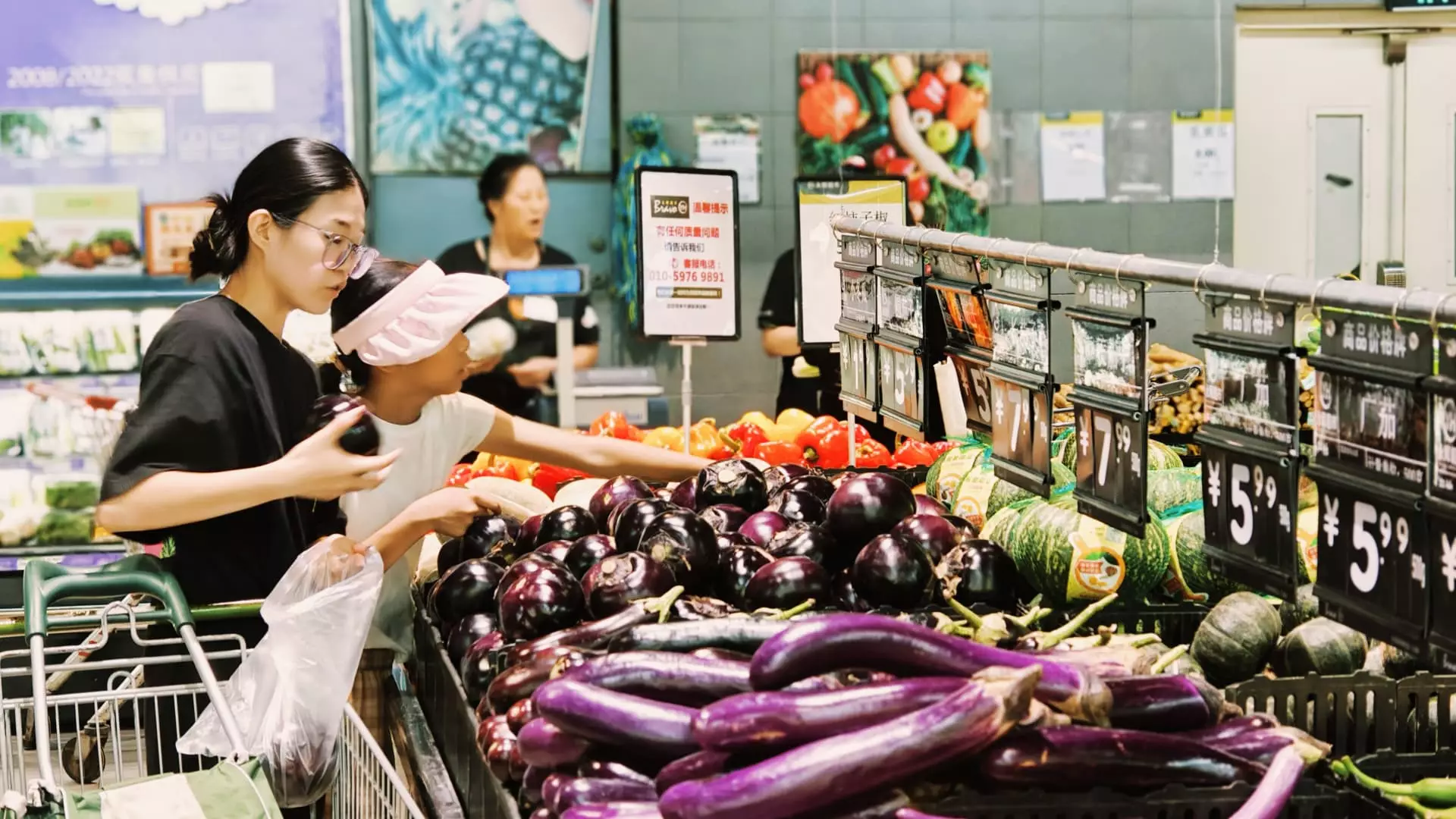China’s recent report on consumer prices revealed a surprising increase of only 0.6% year on year in August, falling short of expectations. Analysts had predicted a 0.7% rise in the consumer price index, highlighting the challenges of accurately forecasting economic trends in the current climate.
One of the key contributors to the inflation rate was the significant increase in food prices, particularly pork and vegetable prices. Pork prices surged by a staggering 16.1% in August, while vegetable prices climbed by 21.8%. This spike in food costs has put additional strain on consumers who are already facing economic uncertainties.
The subdued consumer prices in China can be attributed to lackluster domestic demand, exacerbated by the ongoing impact of the pandemic. With retail sales rising by just 2.7% in July from a year ago, it is evident that consumers are cautious about their spending habits in the current economic environment.
The former central bank head, Yi Gang, emphasized the need to address deflationary pressures in the economy. He projected that the consumer price index would hover slightly above zero by the end of the year, signaling the challenges that policymakers are facing in stimulating economic growth and controlling inflation rates.
In addition to consumer prices, the producer price index fell by 1.8% year on year in August, surpassing the estimated 1.4% decline. This decline in producer prices could have a cascading effect on the industrial sector, leading to reduced profitability and potentially impacting future investments and job creation.
As China grapples with the complexities of managing inflation rates and consumer prices, the upcoming retail sales and industrial data for August will provide crucial insights into the country’s economic trajectory. With uncertainties lingering due to the ongoing pandemic and global economic challenges, policymakers will need to undertake strategic measures to address the evolving economic landscape.
The recent fluctuations in consumer prices in China underscore the broader challenges facing the economy. From food price volatility to sluggish domestic demand and pressure on the central bank, stakeholders must carefully navigate these complexities to ensure sustainable economic growth and stability. By closely monitoring key economic indicators and implementing targeted policies, China can mitigate the impact of inflation on consumer prices and foster a more resilient economic environment.

